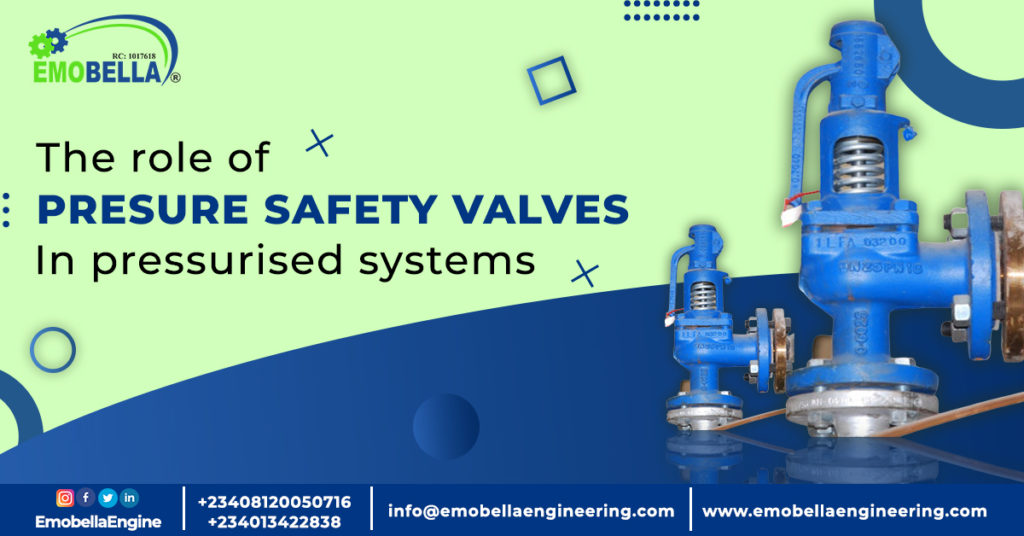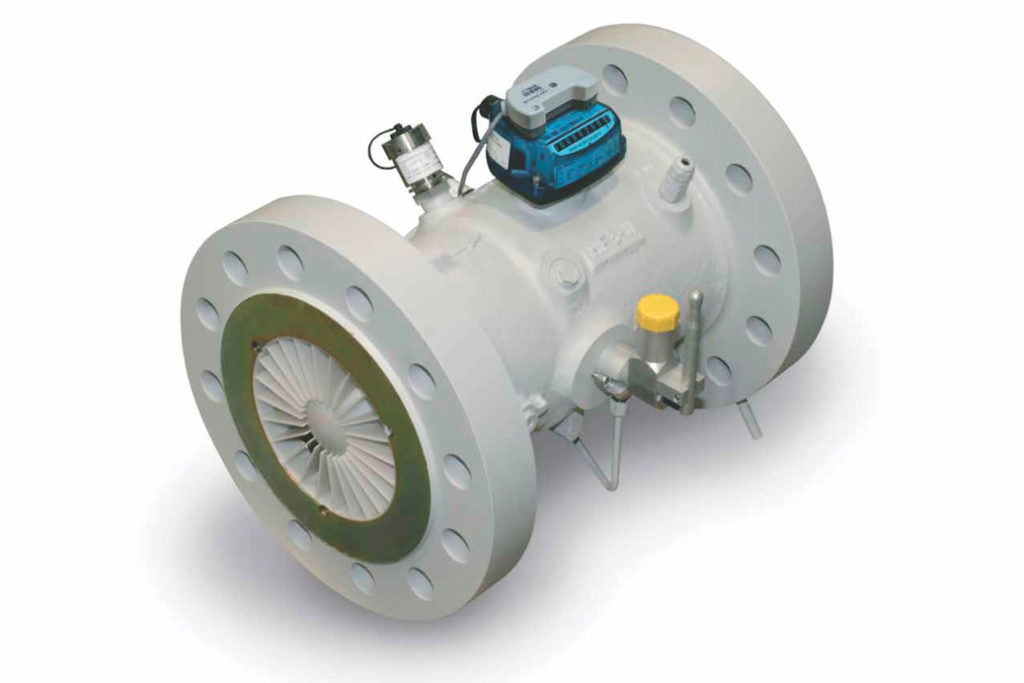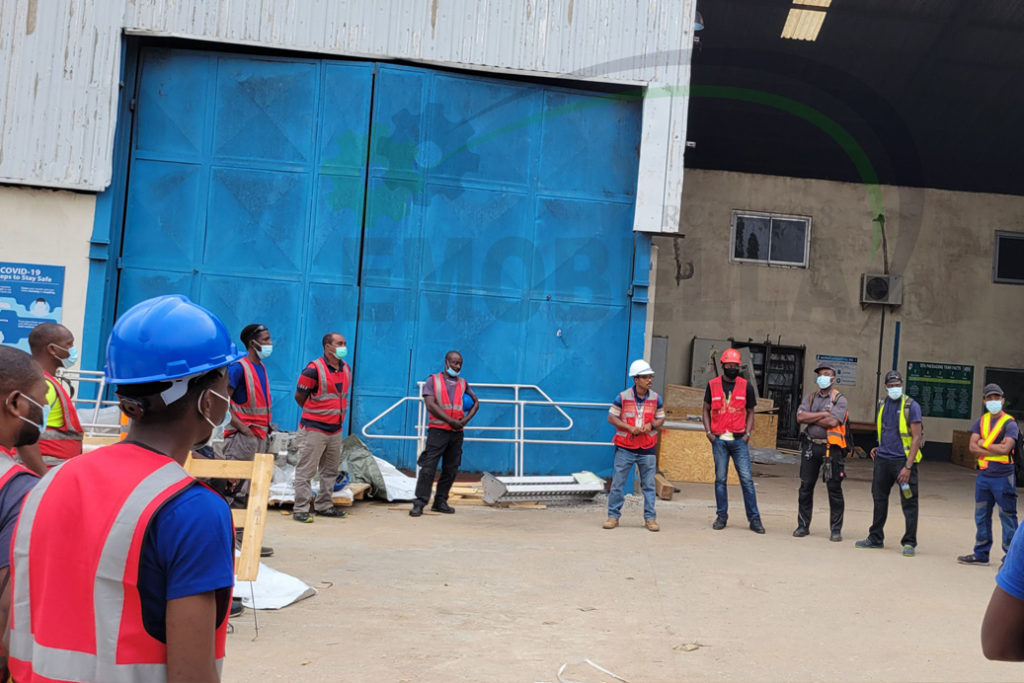Fluids under pressure perform a lot of valuable functions in industrial applications. But once this pressure becomes too much in the system, it can lead to damages and injuries.
To help protect against these types of catastrophes, every system must have a means for releasing excess pressure safely and quickly.
Various devices are used for this purpose, but in today’s post, we’ll be discussing the most critical device: Pressure Safety Valve (PSV).
What Is a Pressure Safety Valve?
A Pressure Safety Valve is a fail-safe device that is designed to provide sufficient level of security to pressure equipment and plant operators from over-pressure conditions.
The safety valves do this by opening up automatically to release the excess pressure when the pressure inside the system exceeds a predetermined pressure limit.
They release the excess pressure to prevent a system malfunction, failure, or damage to the vessels, and also to ensure that the pressure in the system remains within the set pressure limit.
And just in case, you’re wondering what we mean by “system,” we are actually referring to steam boilers, boilers, pressure vessels, or other related systems.
Types Of Pressure Safety Valve
There are 2 main types of safety valves: spring-loaded safety valve and pilot-operated safety valve. Let’s talk about them a little.
- Spring-loaded safety valve
The spring-loaded safety valve is a type of safety valve in which the spring force or closing force is transmitted via the spindle onto the disc closing against the nozzle, which together with the disc closes the process and ensures sealing.
This condition remains the same as long as the spring force is greater than the force generated by the pressure at the valve inlet.
- Spring-loaded safety valve
The spring-loaded safety valve is a type of safety valve in which the spring force or closing force is transmitted via the spindle onto the disc closing against the nozzle, which together with the disc closes the process and ensures sealing.
This condition remains the same as long as the spring force is greater than the force generated by the pressure at the valve inlet.
Conclusion
The effective design of pressure safety valves demand that they function safely and according to their design objectives under all conditions. And a sure-fire way to guarantee this and also ensure that they last long is for your valves to be tested and certified every 12 months.
At Emobella Engineering Nigeria Limited, we are well-experienced and fully equipped to test and certify your safety valves according to the ASME/API standard.
Our qualified and licensed engineers are just a click away. Contact us right away to discuss your next valve testing and certification project.





